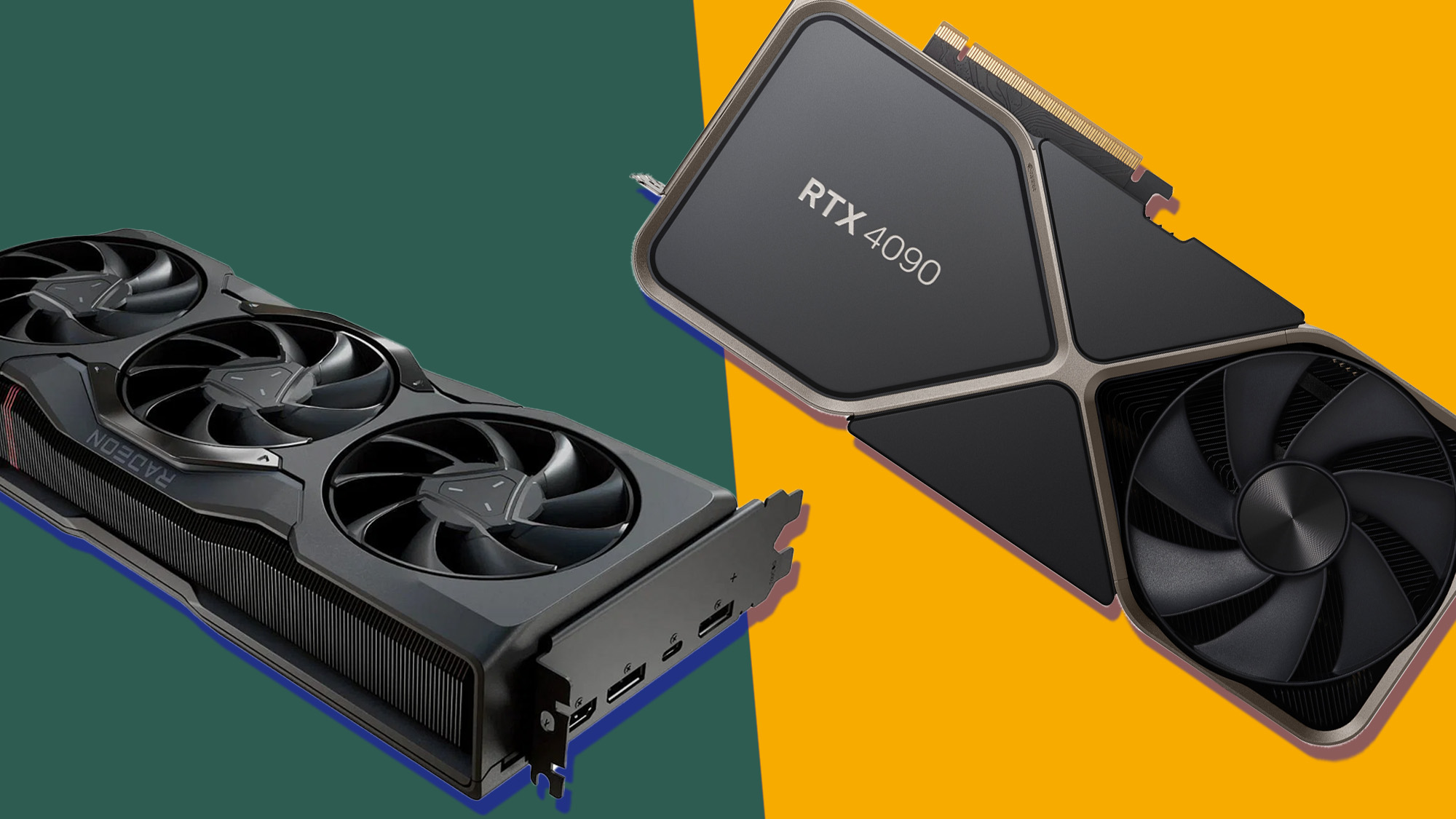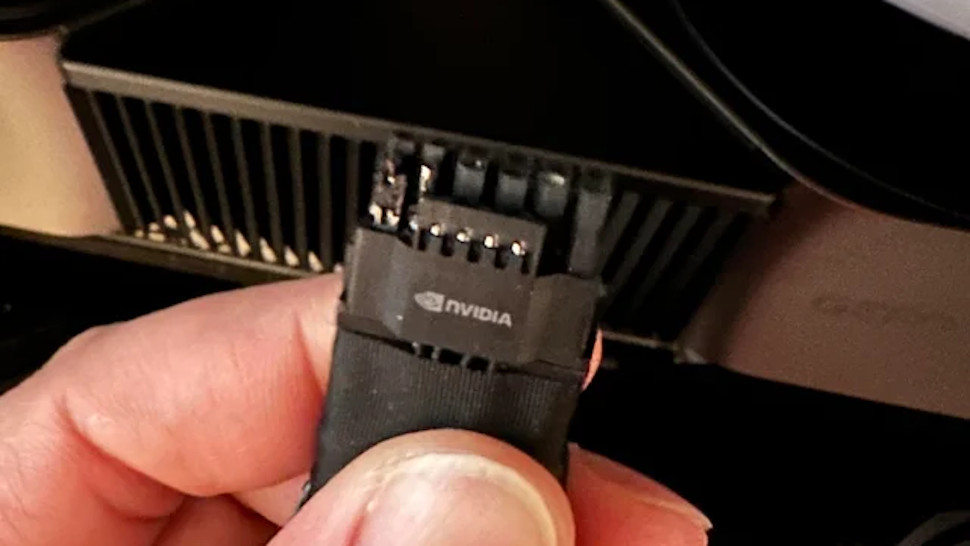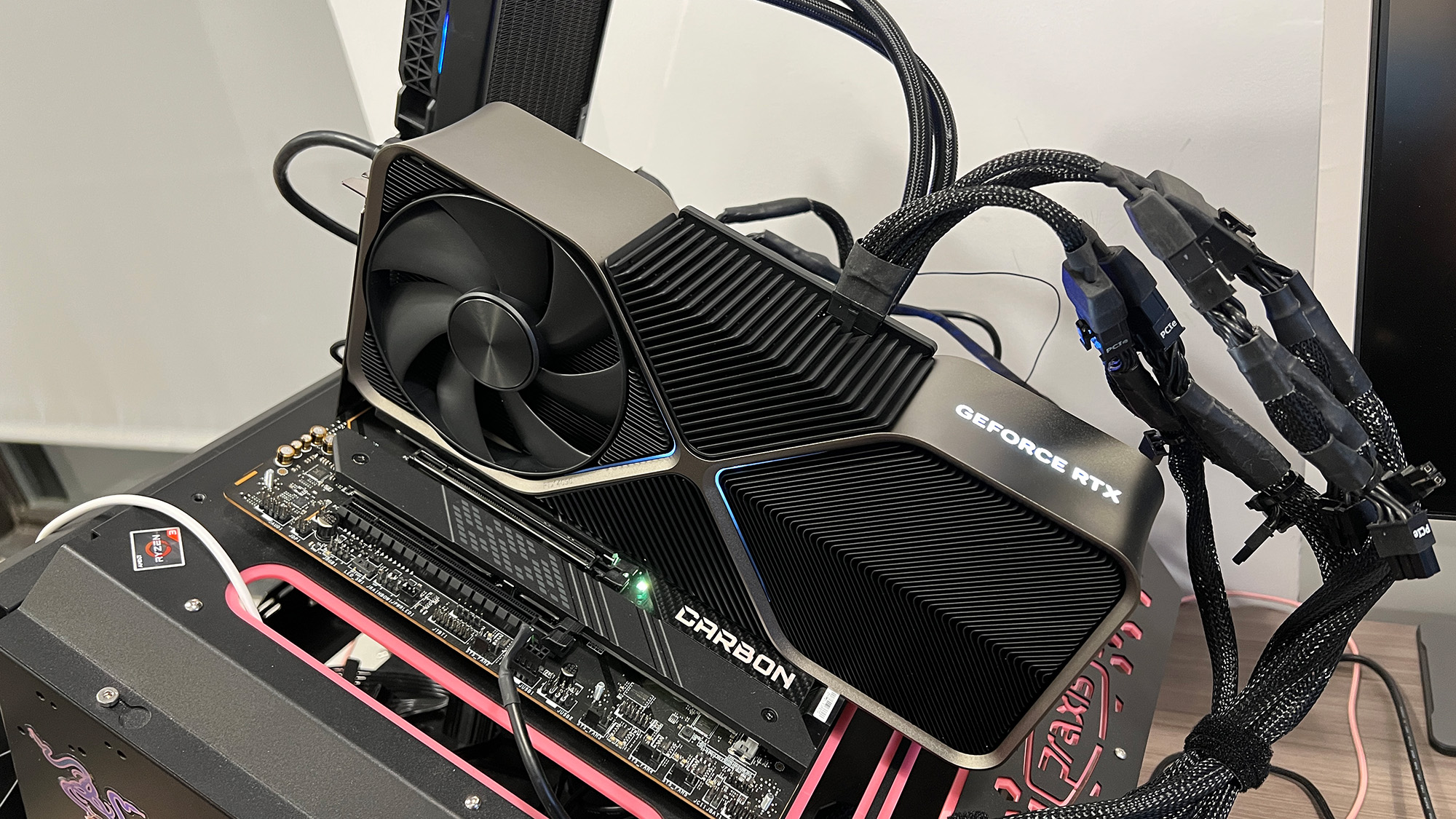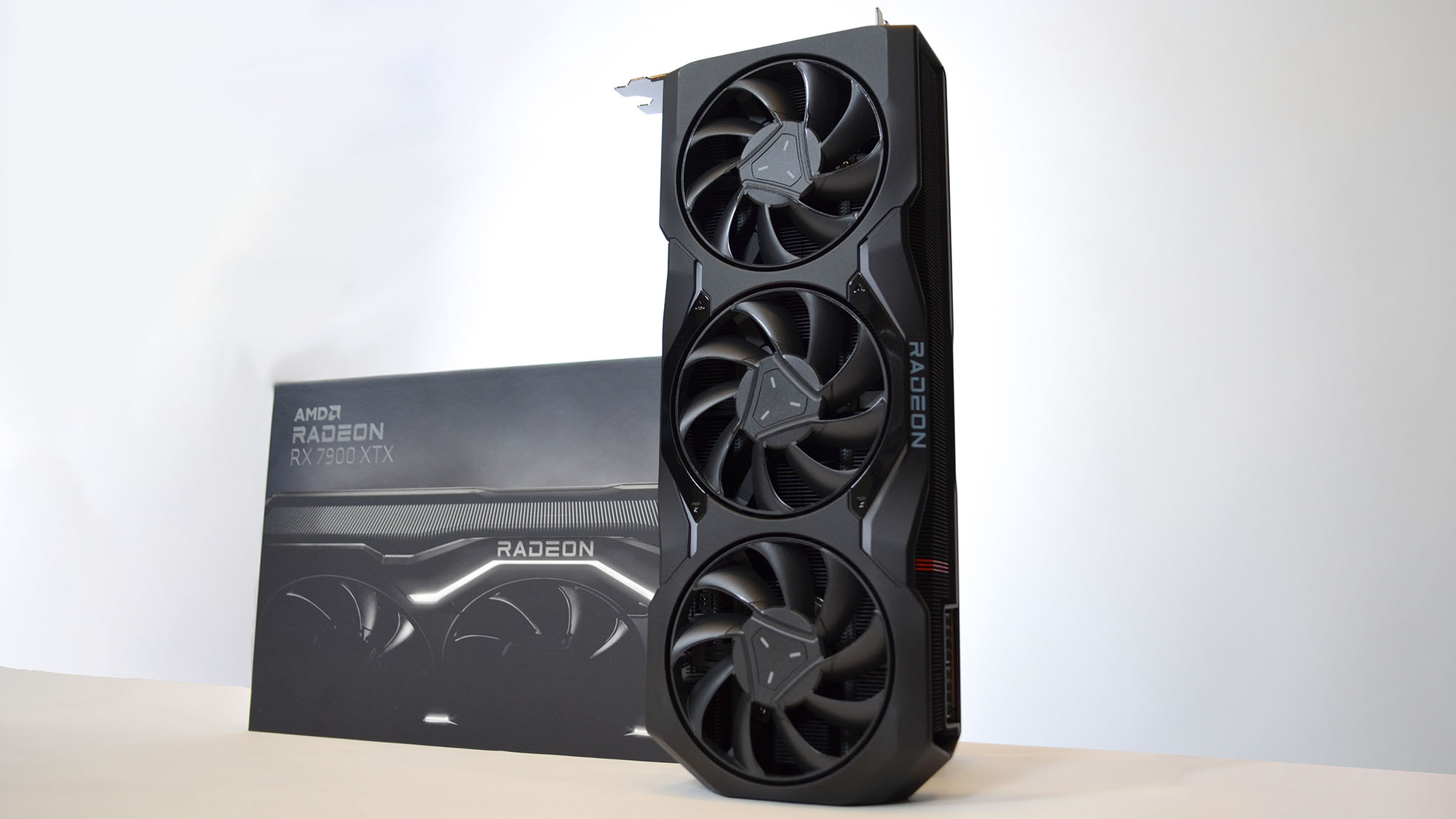RX 7900 XTX vs RTX 4090: AMD and Nvidia's flagship graphics cards battle it out
AMD and Nvidia's flagship GPUs go head to head

The next generation fight between AMD and Nvidia is now fully engaged as both major GPU makers have launched their flagship graphics cards, pitting the RX 7900 XTX vs RTX 4090.
Both are incredibly powerful graphics cards by any measure, capable of playing the best PC games with high-quality 4K graphics at fast frame rates. Both are capable of advanced ray tracing, and both can leverage hardware-empowered resolution upscaling to improve frame rates across hundreds of the most popular games.
But there are also important differences in price, performance, and design that anyone looking to make the jump to the next generation of PC graphics needs to know about before they buy either of them.
Fortunately, we've reviewed both the Nvidia RTX 4090 and the AMD RX 7900 XTX, putting both cards through thorough benchmarking and inspection to assess their strengths and weaknesses so we can offer our expert analysis on which is the best graphics card for your specific needs and budget.
RX 7900 XTX vs RTX 4090: Price

The first thing to know about these two flagship cards is that neither one is making it onto our best cheap graphics card list. These are premium pieces of hardware, understandable given the kind of tech and performance they are bringing to the table, priced at $999 for the RX 7900 XTX (£899 / about AU$1,500), and $1,599 for the Nvidia RTX 4090 (£1,599 / about AU$4,300).
As you can see, the RX 7900 XTX is also cheaper than the RTX 4090 by a wide margin, so even those these two cards are both flagship graphics cards, they are really in two different classes when it comes to price and, ultimately, performance.
The real market competitor for the AMD RX 7900 XTX should be the Nvidia RTX 4080, but considering that the launch MSRP of the RTX 4080 is not that much cheaper than the RTX 4090 ($1,199 / £1,199 / AU$2,219), we definitely get why everyone is comparing the RX 7900 XTX to the flagship Nvidia RTX 4090 instead.
Sign up for breaking news, reviews, opinion, top tech deals, and more.
The inverse of this is also notable: AMD doesn't really have a direct competitor to the Nvidia RTX 4090. The RX 7900 XTX might be AMD's flagship card, but it doesn't have nearly the kind of hardware and performance of the RTX 4090, and by AMD's own admission, it was never really trying to do so.
Putting those caveats aside, though, in a battle between the two flagships, the best AMD graphics card on the market is 37.5% cheaper. What's more, it offers the best price-to-performance of any of the next generation graphics cards, even the slightly cheaper AMD Radeon RX 7900 XT.
- Winner: RX 7900 XTX
RX 7900 XTX vs RTX 4090: Design

There are a number of key differences in terms of design between the RX 7900 XTX vs RTX 4090, and only a few similarities. They both use the PCIe 4.0 interface rather than the newer PCIe 5.0, and they both have HDMI 2.1a output.
That's really where the overlaps end in terms of design. The RTX 4080 is much larger than the RX 7900 XTX.
Nvidia's RTX 4090 Founders Edition card is fully 12-inches long (304mm), 5.4-inches wide (137mm), and 2.4-inches thick (61mm), making it a monster to try and fit in a PC case. The RX 7900 XTX meanwhile is 11.3-inches long (287mm), 5.3-inches wide (135mm), and 2-inches thick (51mm), making it a much easier fit in a crowded PC case.
Another notable difference between the RX 7900 XTX and the RTX 4090 is that the RX 7900 XTX features DisplayPort 2.1 output, which supports up to 165Hz at 8K, while the RTX 4090 maxes out at 60Hz at 8K over DisplayPort 1.4. The RX 7900 XTX reference card also has support for USB Type-C video output, while the RTX 4090 Founders Edition does not.

Finally, we need to talk about the power connection. The RX 7900 XTX uses two standard 8-pin connectors, while the Nvidia RTX 4090 uses a single 16-pin connector. If you have an ATX 3.0 power supply, you will have 16-pin connectors coming off the PSU directly, but if not, you'll need to use an included adapter which converts four 8-pin connectors into the 16-pin needed for the RTX 4090.
These adapters are the ones you might have heard about in the news over concerns that they might potentially fail, causing the connector to melt and possibly creating a fire hazard in the process. How widespread the situation is or what its exact cause might be isn't exactly clear, but given that Nvidia shipped at least 130,000 Nvidia RTX 4090s and there have only been a small number of reports of this issue, it likely isn't too widespread.
That said, if you're looking to spend this much money on a graphics card, rolling the dice on whether you will be one of those small number of reports isn't really the kind of thing you want to have to factor into a premium graphics card purchase.
- Winner: AMD RX 7900 XTX
RX 7900 XTX vs RTX 4090: Performance

Ultimately though, a graphics card comes down to performance, and here is where the RTX 4090 absolutely runs away with it. We suggest you check out our Nvidia GeForce RTX 4090 review and AMD Radeon RX 7900 XTX review for a full breakdown of their respective performance metrics and specs, since what we're really interested in here is where these cards excel and where they come up short.
There really isn't anything that the RTX 4090 can't do and do it better than any other graphics card on the market. Whether it's creative performance or gaming performance, the RTX 4090 is the best there is. Especially when you add in Nvidia DLSS 3 upscaling technology with Frame Generation, which significantly boosts frame rates on high-end games. AMD has FSR 2.0 upscaling which works very well, but it isn't nearly as good as DLSS.
But.
The RTX 7900 XTX is the second best graphics card overall, especially for gamers, and it comes at a much lower price point than the RTX 4090, so it might be a much better option for those who want great performance without paying too high a premium for the privilege.
- Winner: Nvidia RTX 4090
Which one should you buy?

Buying an RX 7900 XTX vs RTX 4090 will ultimately going to come down to whether you want to enjoy best in class performance across the board and are willing to pay the premium to get it.
But what a premium it is. While not as expensive as Nvidia's commercial-class GPUs like the Titan of generations past, it's still a very expensive card that will make you question whether the extra performance is worth it, especially when you have the RX 7900 XTX right there. While not as clear a case as it is against the RTX 4080, the RX 7900 XTX still offers a compelling one for gamers by offering second-place performance for much less.
We think the best graphics card isn't just the one that gets you the best frames per second in absolute terms. The one that offers the most attractive value for your money is the one we'd recommend every time, and so we still believe the edge has to go to the RX 7900 XTX, which strikes a perfect balance between performance and price for a flagship graphics card.

John (He/Him) is the Components Editor here at TechRadar and he is also a programmer, gamer, activist, and Brooklyn College alum currently living in Brooklyn, NY.
Named by the CTA as a CES 2020 Media Trailblazer for his science and technology reporting, John specializes in all areas of computer science, including industry news, hardware reviews, PC gaming, as well as general science writing and the social impact of the tech industry.
You can find him online on Bluesky @johnloeffler.bsky.social